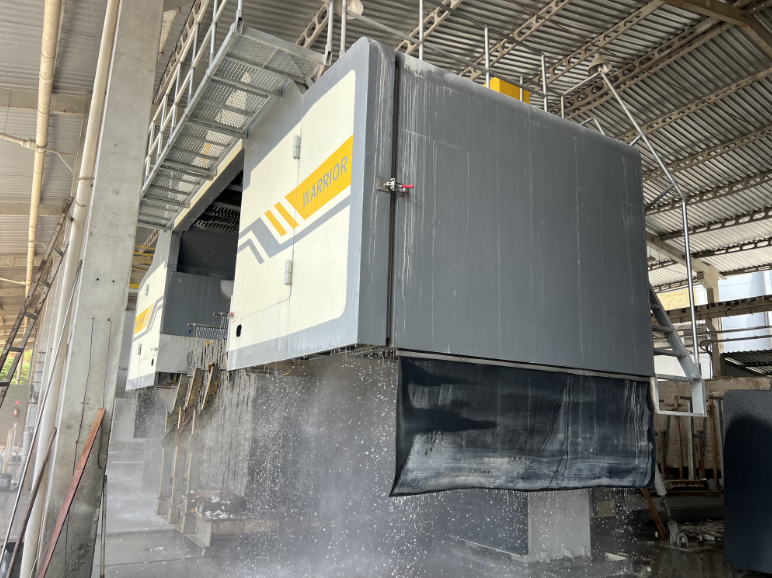Table of contents
What Makes Multi Wire Saw Machines Different from Traditional Saws?
How to Determine the Right Multi Wire Saw Machine Size for Your Needs
Addressing Common Concerns About Multi Wire Cutter Safety
Tips for Troubleshooting Common Problems with Wire Saw Machines
Multi wire saw machines are game-changers in the stone-cutting industry, offering several advantages over traditional saws. Unlike conventional saws that use a singular blade, multi wire saws employ multiple wires to cut through stone blocks simultaneously. This setup drastically reduces cutting time and increases productivity. These machines are known for their high efficiency, small footprint, and minimal noise pollution, making them ideal for large slab cutting and stone processing. The ability to use recycled cooling water further enhances their appeal by promoting sustainability and reducing waste.
Choosing the right size for your multi wire saw machine depends on multiple factors, including the scale of your operations and the type of stones you plan to cut. Machines vary in size and capabilities, ranging from models like the TSY-MW86 to smaller variants such as the TSY-MW14. For businesses aiming for high-volume production, larger machines with the capacity to handle thicker stone blocks may be ideal. Meanwhile, smaller operations might benefit from compact models that offer flexibility without compromising on performance. It's crucial to assess your cutting requirements and future growth plans before making a purchase decision.

Safety is a paramount concern when operating multi wire cutter, given the complexity and potential hazards involved. Fortunately, manufacturers have integrated advanced safety features to mitigate risks. These include a robust cutting control system that monitors water flow, wire tension, and lifting limits. Operators should be well-trained in handling these machines, adhering to all safety protocols and wearing appropriate personal protective equipment. Regular maintenance and inspections are vital to ensure that all components function correctly, thus preventing accidents and prolonging the machine's lifespan.
Even with the most advanced machinery, issues can arise that require troubleshooting. For multi wire saw machines, common problems might include uneven cuts, wire breakage, and mechanical failures. To address these issues, ensure that the machine is installed correctly and that all parts are regularly lubricated and maintained. The machine's design facilitates easy repairs and maintenance, which can reduce downtime significantly. Operators should be familiar with the machine's components and keep a record of any recurring issues to identify patterns that may require more substantial intervention.
In conclusion, multi wire saw machines offer significant advantages for stone processing, including enhanced efficiency, precision, sustainability, and safety. These machines utilize multiple wire strands to cut through stone simultaneously, drastically reducing processing time compared to traditional methods. Additionally, the precision of the cuts reduces material waste, contributing to both cost-effectiveness and environmental sustainability.By understanding their unique features, such as adjustable wire tension and computerized control systems, businesses can address common concerns like maintenance requirements and initial investment costs. Implementing the use of multi wire saw machines can significantly improve cutting operations, leading to increased productivity and better-quality outcomes.For those interested in exploring this technology further, consulting with industry experts or manufacturers can provide additional guidance tailored to specific needs. They can offer insights into machine specifications, integration into existing workflows, and potential return on investment, helping businesses make informed decisions about adopting this cutting-edge technology.